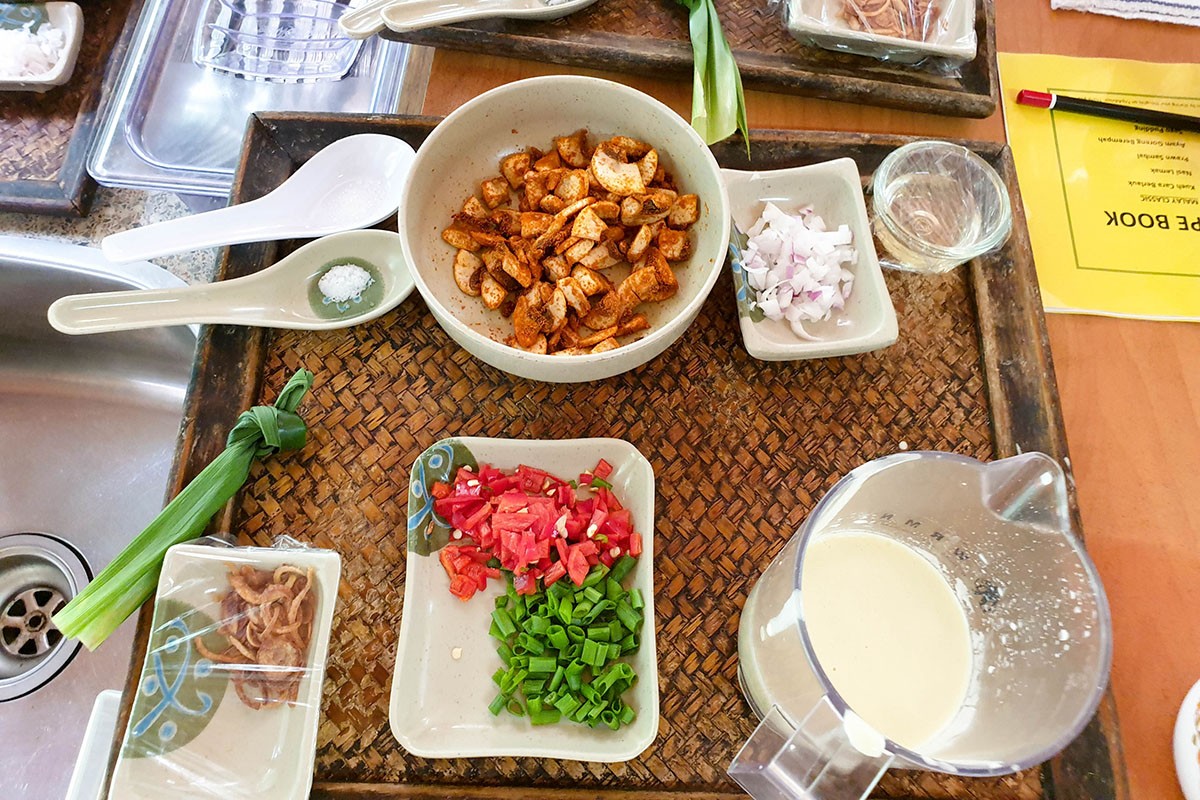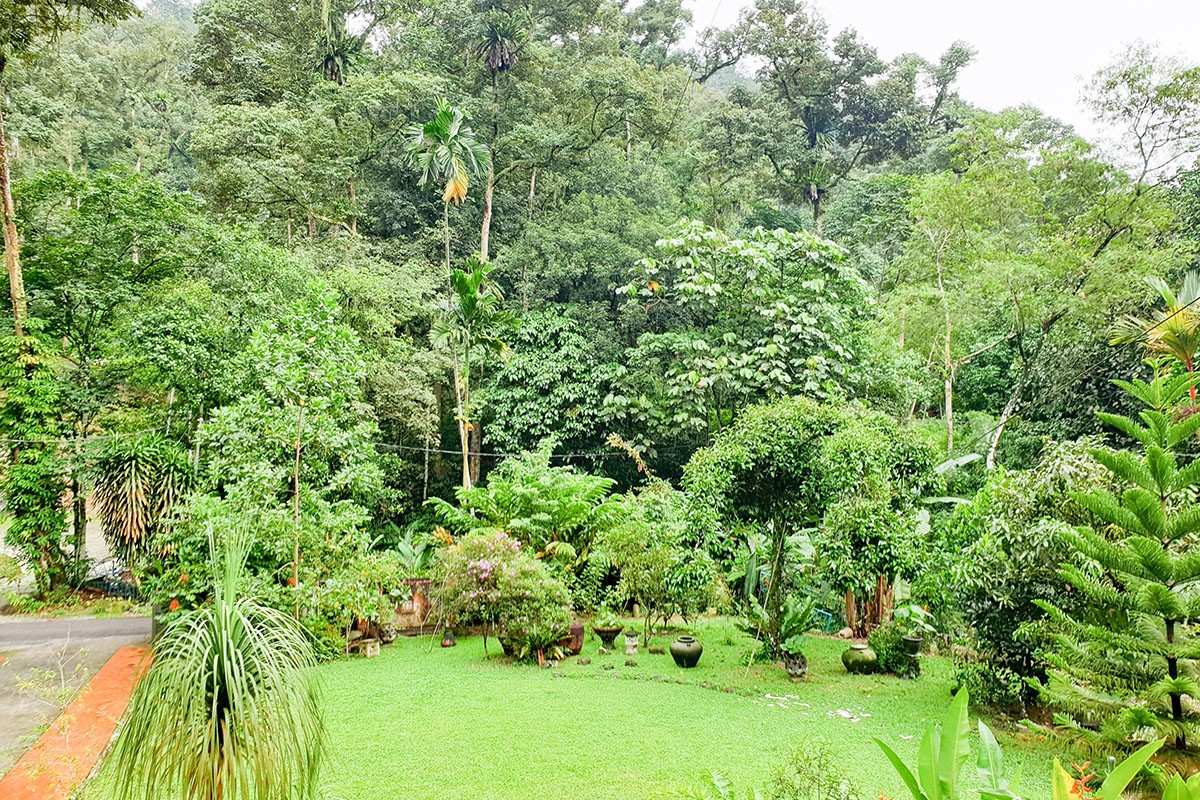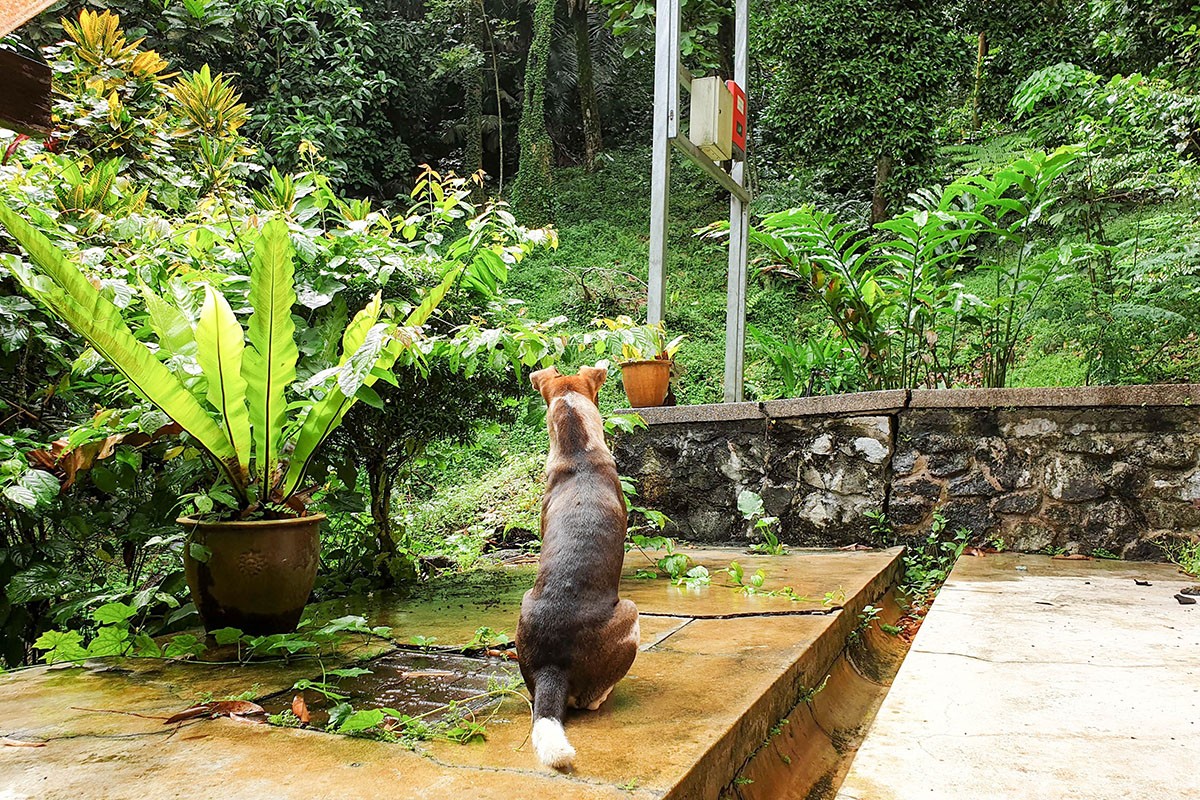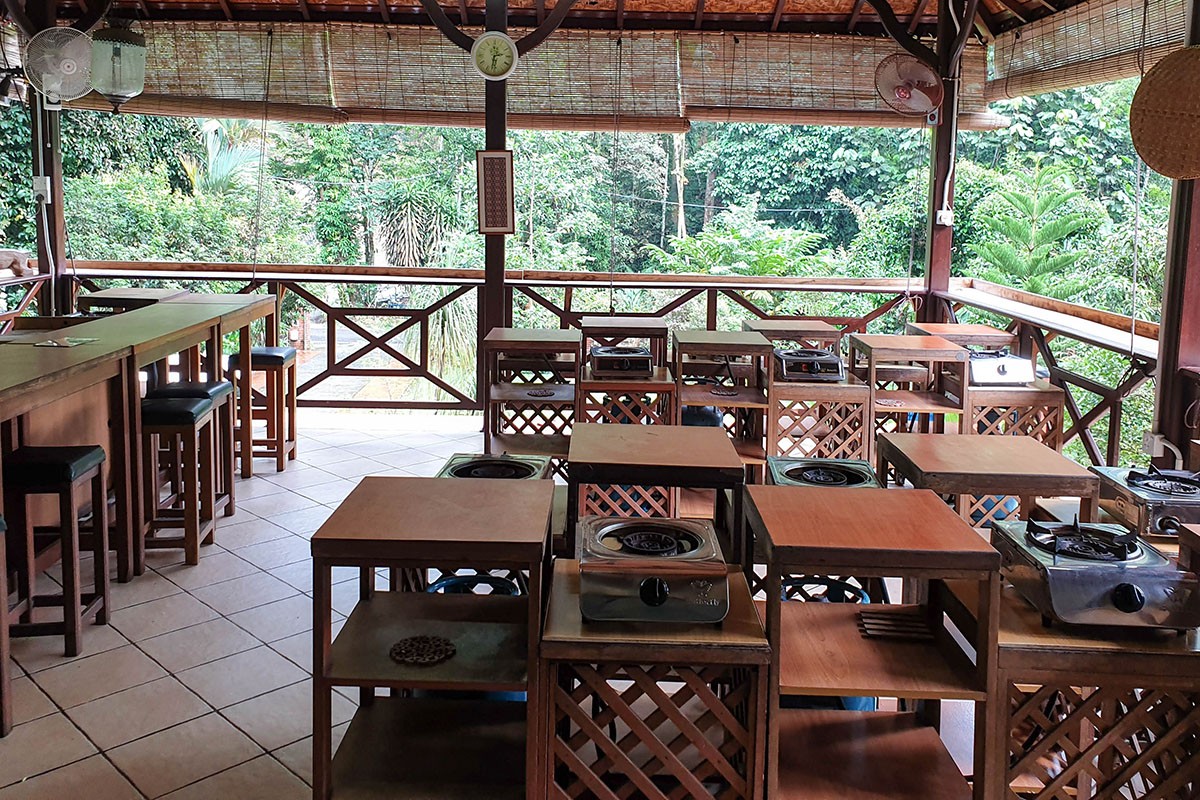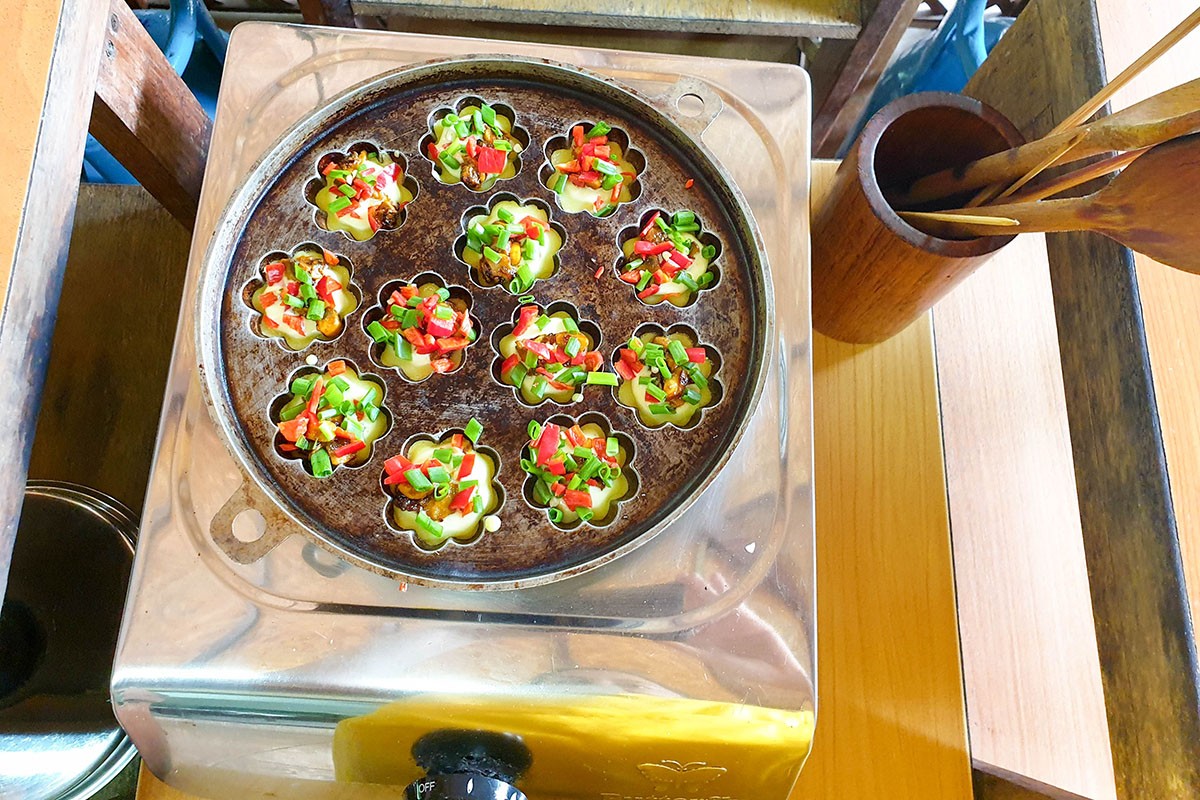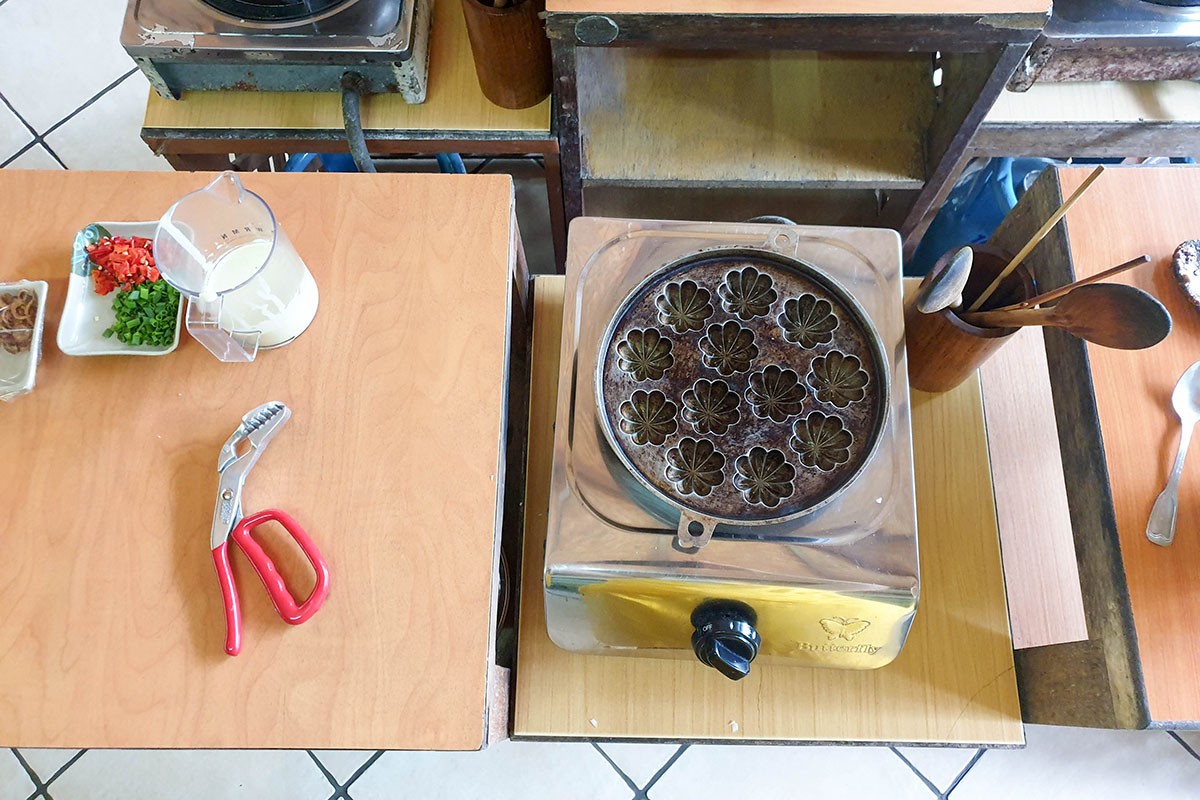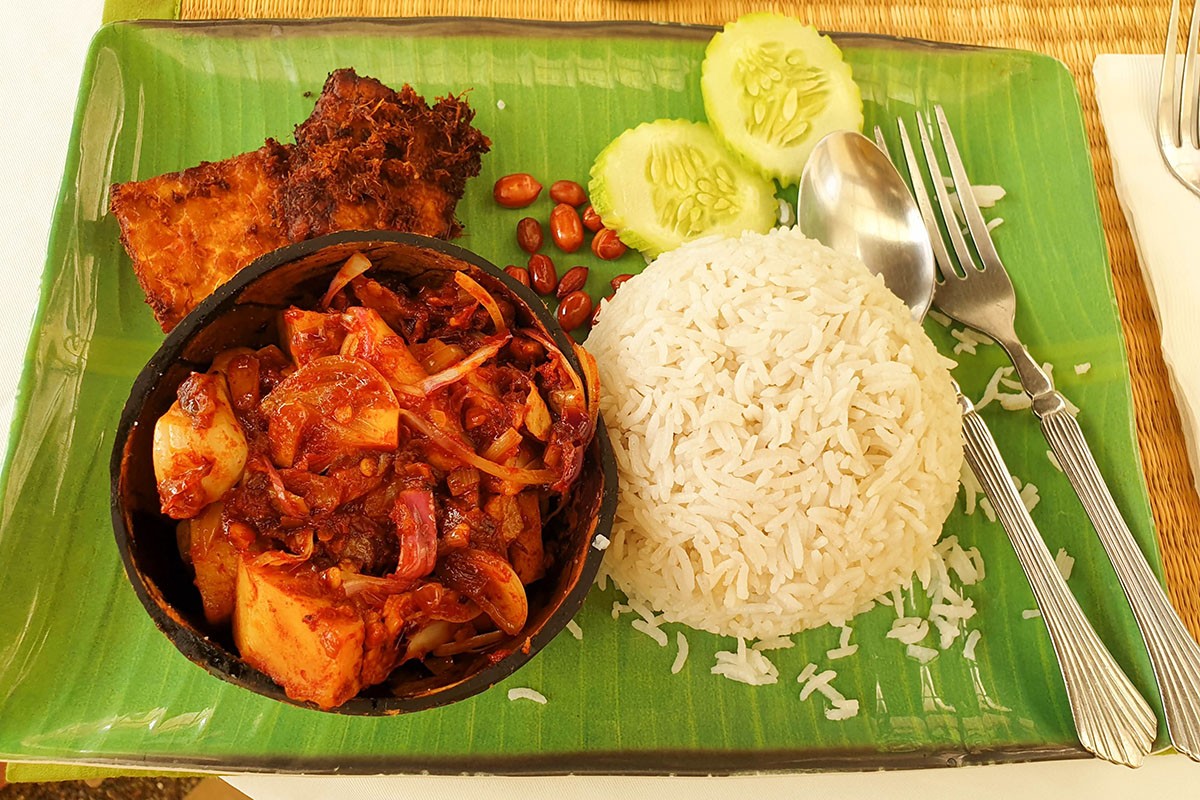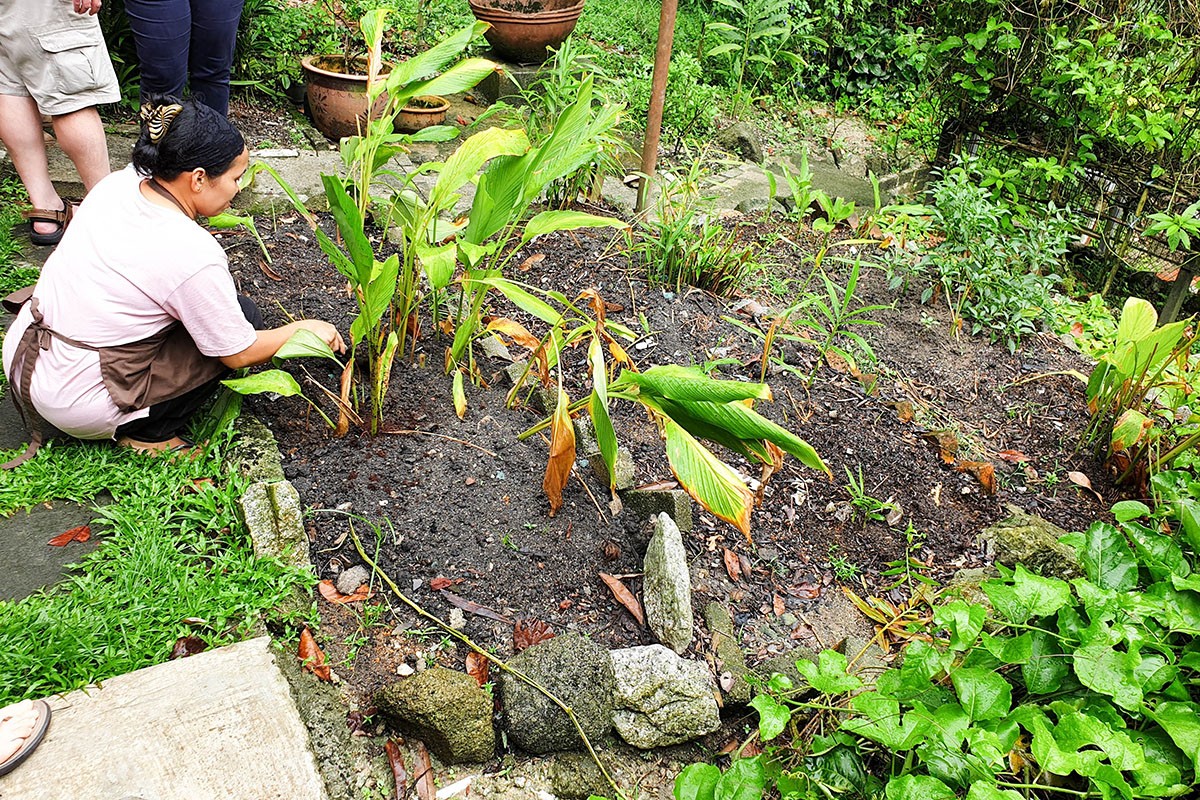Let’s talk about Malaysian food.
Often overshadowed by its Thai and Vietnamese neighbours, Malaysian food represents the nation’s melting pot of cultures, yet is distinctly its own.
It has influences from India and China; both countries have strong representation throughout Malaysia, due to settlers living in the country throughout the ages. However, it also has a strong individual identity.
Meals like Nasi Lemak and Laksa are typical Malaysian dishes, and while they do share some similarities to other dishes from the region, they are also very unique and nod to the country’s rich heritage.
Traditional Malay food typically does have meat or fish in, however, dishes are also heavy with vegetables and spices and there are plenty of native foods – like tofu, tempeh or jackfruit – that can be swapped out for the meat. Additionally, many Indian Malays or Chinese Buddhist Malays do not eat meat; this means that vegetarian or vegan food in Malaysia is easy to come by.
Side note: upon further research, it has come to my attention that Malaysia has been ranked as the third most vegetarian-friendly country in the world. I find a lot of entries on this list rather surprising, especially the fact that Thailand is number two, but at least it means you don’t just have to take my word for it that Malaysia is a great country for veggie travellers.
My Cooking Class in KL
It was my third time in Malaysia’s capital, and I’d done all the tourist hotspots (which you can generally tick off with two days in Kuala Lumpur). This time, I wanted to learn a bit more about Malaysian food, to learn how to make some dishes myself and of course, to eat as much as possible, so I decided to enroll in a cooking class in Kuala Lumpur.
This cooking class was not vegetarian, however it was very easy to use substitutes for the meat so I could enjoy veggie dishes. I also omitted egg from the dishes I cooked. So in that regard, it was a vegetarian cooking class in Kuala Lumpur!
I enrolled in Lazat Cooking Class for a day, to have a wonderful lunch and learn how to cook Malaysian food myself.
The Market
The class began with a market tour, where we had a classic Malaysian breakfast – roti and sauces. This was delicious, we saw the roti be made freshly before us before getting to sample it.
Afterwards, we had a walk around the market and chatted a bit about Malay ingredients, before venturing over to the spice stand. There are so many spices in Malaysian cooking, both fresh and in powder form. After a lovely chat with the woman running the spice stand, about both Malaysian food and London’s Trafalgar Square (it was the place she remembered most from her previous trip to London, so it came up in conversation after she asked where I was from!), we walked away bearing gifts of Malay spices, spice-covered breakfast cereal, bananas and dried coconut!
Then it was time for the cooking class to begin.
The Location
Lazat Cooking Classes take place in a small village, about 20-40 minutes outside of Kuala Lumpur (depending on traffic!). It’s so close to the capital, but it feels worlds away; it is on the edge of the countryside, there’s a pet dog and monkeys can sometimes be seen in the garden (not when we were there though!) and the house itself resembles a jungle treehouse. It was a really lovely place to spend a day and felt like a breath of fresh air after the madness that is Malaysia’s capital city.
The Facilities
We were first invited to sit at the long tables, where we had our ingredients ready to make the first dish. We would do the chopping here, under the watchful eye of our two teachers, Anna and Irene, and later we would transfer to another area where the hobs (or burners, or stove I guess – I always forget that ‘hob’ is a very British word!) were.
Every dish was demonstrated first by the teachers, who spoke fluent English.
Then, we prepped our own dishes – with high-quality equipment – and went over to the stove/ hob area where we all had a stove/ hob each to finish our dishes. (I’m very keen to make the word ‘hob’ a globally used word, in case you can’t tell).
The Dishes
We cooked a large, three-course meal consisting of: Kuih Cara Berlauk, Nasi Lemak, Sambal and Sago Gula Melaka.
Starter: Kuih Cara Berlauk
These little parcels of joy (honestly, try one and you’ll see what I mean!) are often served at Malaysian parties but are becoming more common in urban and rural kitchens. They’re a savoury bite-size snack with mushrooms or meat in the centre and garnished with chilli and shallots.
Main Course: Nasi Lemak
Possibly Malaysia’s most famous dish, Nasi Lemak literally means fatty rice, and started off as a poor person’s dish, although nowadays is enjoyed by households and in restaurants all over the country. It contains coconut rice and other components – typically cucumber, peanuts and egg, but I had spice fried tempeh whereas the others had spice fried chicken – all wrapped in a banana leaf.
Side/ Condiment: Sambal
Sambal is Malaysia’s spicy sauce which is served with a variety of food and sometimes has meat or fish in to make it a component of a meal. I put jackfruit in mine for a vegetarian version!
Dessert: Sago Gula Melaka
This rather sweet dessert is made out of pearl sago, which is a kind of grain, coconut milk and syrup. I couldn’t have eaten too much of this – but it was nice for a bite of something sweet after the main courses were finished.
This was the menu for my particular cooking class, but there are many other menus – they offer a range of different types of Malaysian cuisines and when booking, you can state your preferred menu.
After the cooking class, we had a quick tour of the herb garden, where a lot of vegetables are grown, and then it was time to be transported back to Kuala Lumpur.
Was the Kuala Lumpur cooking class worth doing?
This cooking class quickly became one of my favourite things I’ve done in Kuala Lumpur. I love food travel – although without meat it can sometimes be difficult – and it was great to know the variety of Malaysian dishes I can enjoy, learn to cook them at home and of course, spend all day eating!
Not only did we learn how to cook in a professional environment, but we learnt so much about Malaysian culture through food, and had a lot of laughs to boot.
I definitely recommend this class to anyone staying in Kuala Lumpur who fancies getting out of the city for a day and learning about the country from another angle.
You can check out Lazat Cooking School’s website here and use the booking form to get in contact. Don’t forget to tell them that you found them through this blog post!
My Malaysian cooking class was provided complimentarily in exchange for this blog post. However, I know good food when I taste it, and as always all opinions remain my own.

